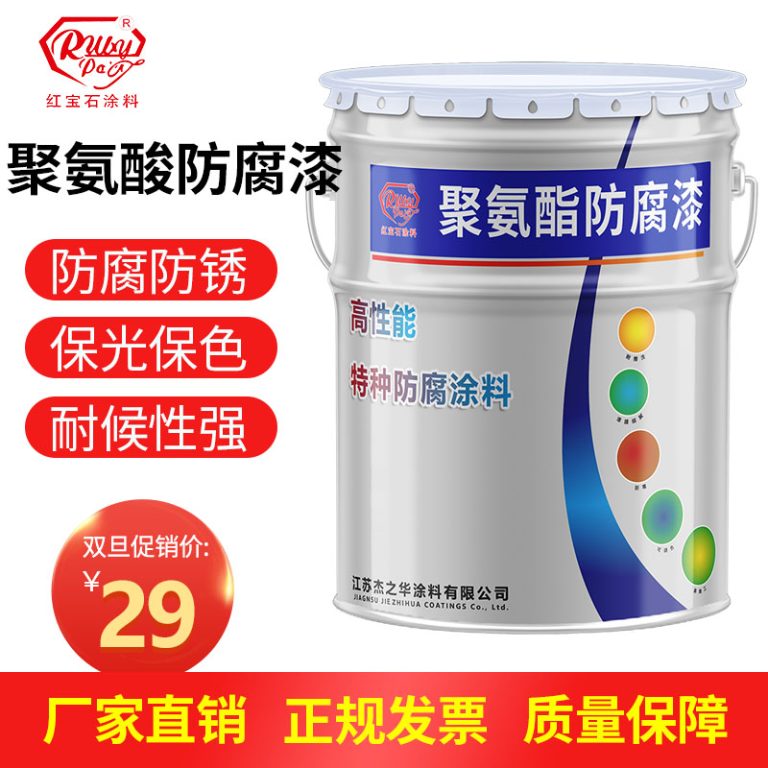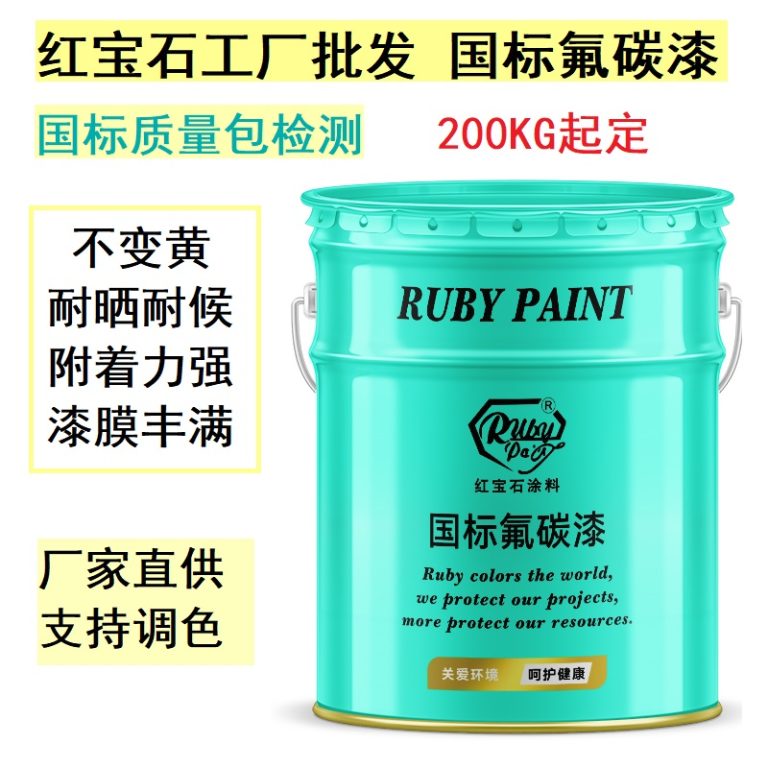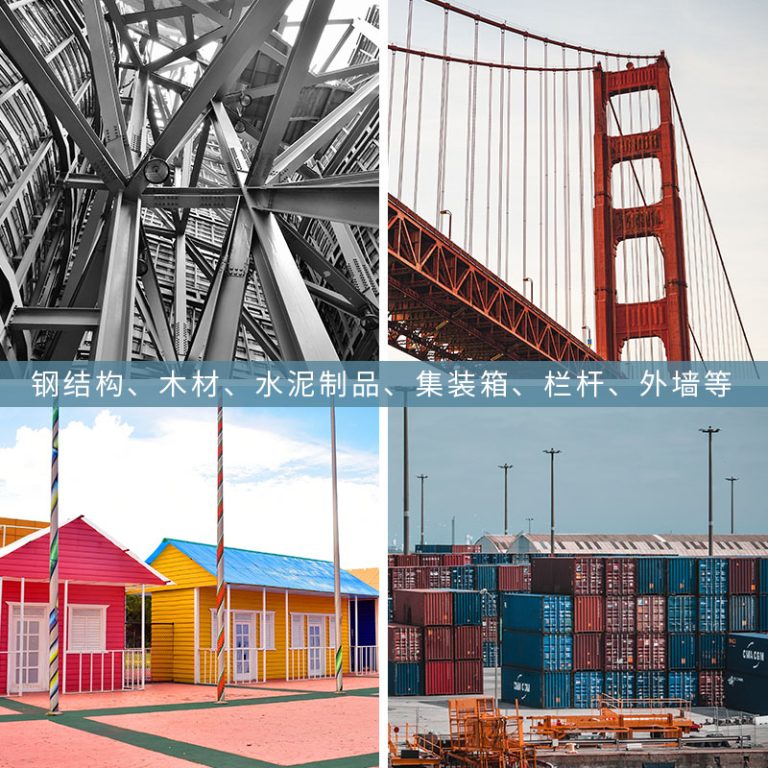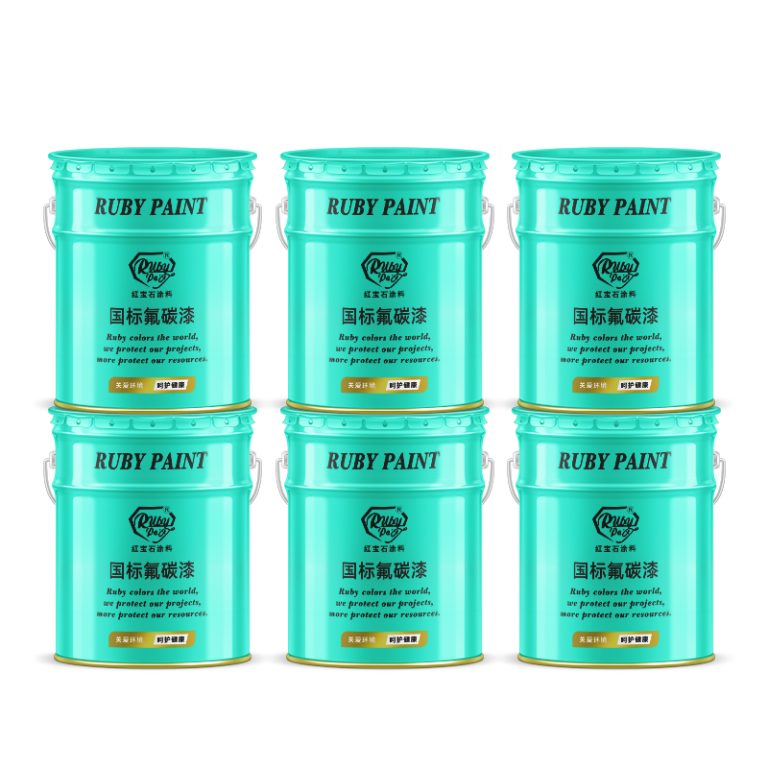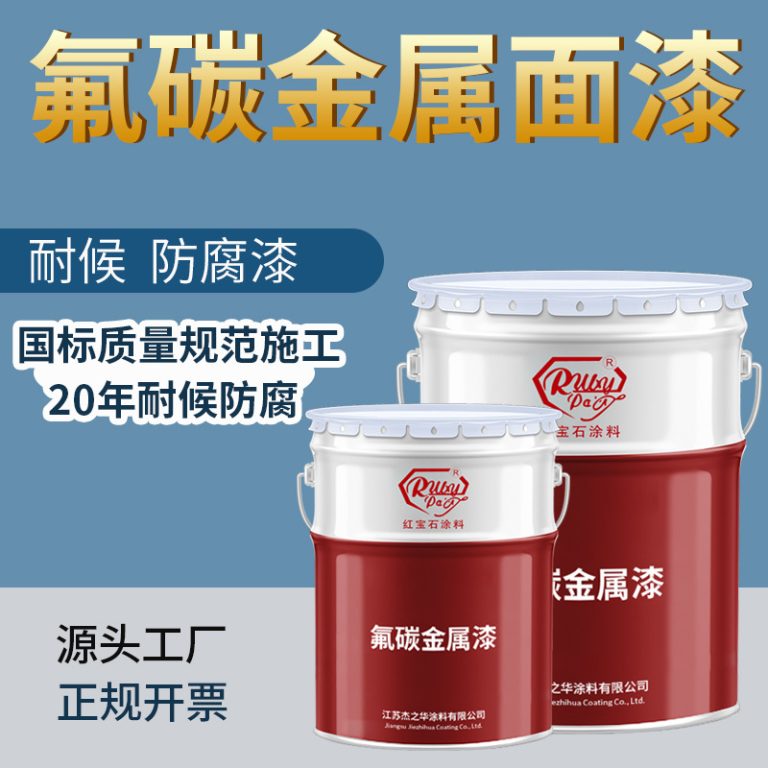Table of Contents
Automotive Painting Line Technologies: Innovations and Advancements
Automotive painting lines are crucial components in the manufacturing process of vehicles, playing a significant role in both the appearance and protection of automobiles. Over the years, there has been a significant evolution in the technologies and methods used in automotive painting lines, leading to improvements in efficiency, quality, and environmental sustainability.
One of the key advancements in automotive painting line technology is the adoption of robotic painting systems. These systems offer a high degree of precision and consistency, ensuring that each vehicle receives an even coat of paint without any human error. Robotic painters are programmed to follow exact specifications and can easily access hard-to-reach areas, resulting in a flawless finish. Moreover, the use of robots has increased the speed of the painting process, allowing manufacturers to boost their production rates.
In addition to robotic systems, the development of electrostatic painting technology has revolutionized automotive painting lines. This method involves charging paint particles as they pass through a spray gun, which are then attracted to the grounded vehicle body. The electrostatic attraction ensures that the paint adheres more effectively, reducing overspray and minimizing waste. This not only enhances the quality of the paint job but also contributes to environmental conservation by decreasing the amount of volatile organic compounds (VOCs) released into the atmosphere.
Furthermore, advancements in paint formulation have led to the creation of more durable and environmentally friendly coatings. Waterborne paints, for example, have gained popularity in the automotive industry due to their lower VOC content compared to traditional solvent-based paints. These paints provide excellent coverage and color accuracy while being less harmful to the environment. Additionally, the introduction of UV-curable coatings has offered another eco-friendly option, curing quickly under ultraviolet light and further reducing energy consumption and emissions.
The integration of automated quality control systems in automotive painting lines has also been a significant innovation. These systems use advanced cameras and sensors to inspect the paint finish in real-time, identifying any defects or inconsistencies. This allows for immediate corrections and ensures that each vehicle meets stringent quality standards before it leaves the factory. By leveraging these technologies, manufacturers can maintain a high level of quality control, reducing the need for costly reworks and enhancing customer satisfaction.
Lastly, the implementation of smart factory concepts and Industry 4.0 technologies in automotive painting lines has paved the way for even greater efficiencies and customization options. With interconnected systems and real-time data analytics, manufacturers can monitor and adjust the painting process on the fly, optimizing parameters for different models and colors. This level of flexibility and control enables automakers to respond quickly to market trends and customer preferences, providing a competitive edge in the fast-paced automotive industry.
In conclusion, the continuous innovations and advancements in automotive painting line technologies have not only improved the efficiency and quality of the painting process but have also addressed environmental concerns. From robotic precision and electrostatic painting to eco-friendly paints and automated quality control, these technologies are shaping the future of automotive manufacturing. As the industry continues to evolve, we can expect further enhancements that will drive sustainability, customization, and excellence in automotive production.
Challenges and Solutions in Automotive Painting Line Efficiency
Automotive painting lines are critical components in the manufacturing process of vehicles, playing a pivotal role in both the aesthetic appeal and the longevity of automobiles. However, maintaining efficiency in these painting lines can be fraught with challenges. Addressing these issues effectively requires a deep understanding of the factors at play and the implementation of strategic solutions.
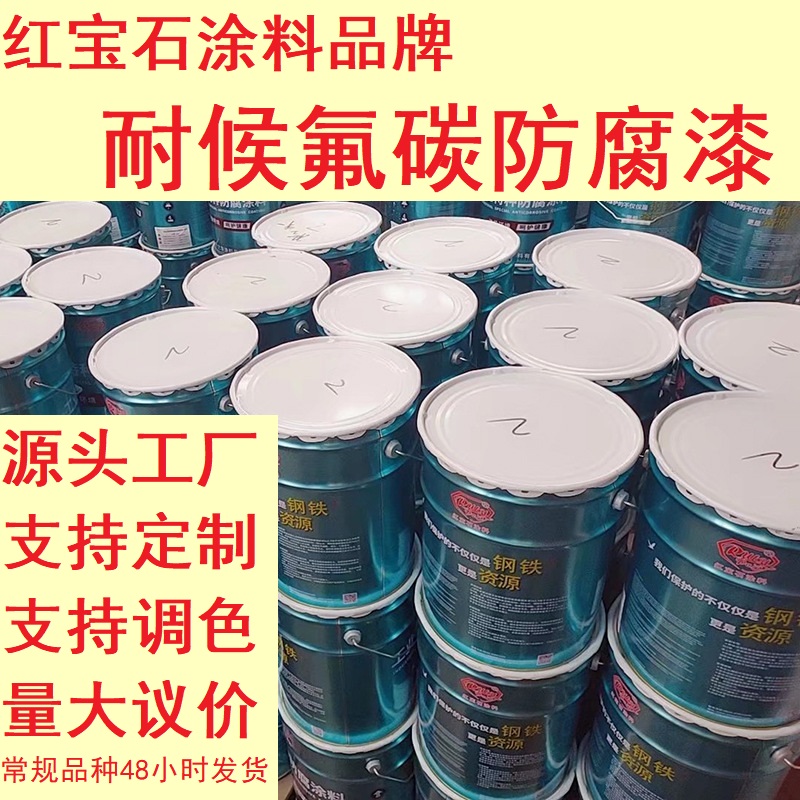
One of the primary challenges in automotive painting lines is the management of time. The painting process is time-consuming, as it involves multiple stages including surface preparation, primer application, color coating, and finishing. Each stage must be meticulously timed to ensure a high-quality finish, while also maintaining a rapid throughput to meet production targets. Delays in any stage can create bottlenecks, disrupting the entire production line. To mitigate this, manufacturers can invest in automated systems that precisely control the timing and application of paint, thereby reducing manual errors and increasing the speed of the painting process.
Another significant challenge is ensuring consistent quality. The complexity of modern automotive paint systems, which often involve multiple layers and specialized finishes, makes uniform application difficult. Variations in temperature, humidity, or equipment settings can lead to defects such as drips, sags, or uneven coating. To overcome these issues, it is crucial to maintain strict control over the painting environment and to use advanced monitoring systems. These systems can detect and correct deviations in real-time, ensuring that each vehicle meets stringent quality standards.
Environmental concerns also pose a challenge in automotive painting lines. Volatile organic compounds (VOCs) released during the painting process can have harmful effects on both human health and the environment. Regulatory bodies have imposed strict limits on VOC emissions, compelling manufacturers to find ways to reduce their environmental impact. Solutions include switching to waterborne paints, which contain lower levels of VOCs compared to solvent-based alternatives, and implementing more efficient overspray capture systems to minimize waste and pollution.
Cost is another factor that can impact the efficiency of automotive painting lines. The materials and equipment used in the painting process are expensive, and the costs can escalate further due to waste and rework arising from quality issues. To address this, manufacturers can adopt lean manufacturing principles, focusing on waste reduction and continuous improvement. By streamlining processes, optimizing resource use, and enhancing quality control, manufacturers can reduce costs while still producing high-quality finishes.
Finally, the integration of new technologies presents both challenges and opportunities for automotive painting lines. Innovations such as robotic painting arms and AI-driven quality inspection systems can dramatically improve efficiency and consistency. However, integrating these technologies into existing production lines can be complex and costly. It requires careful planning, training, and change management to ensure that the benefits outweigh the risks and costs.
| Serial Nr. | Products |
| 1 | Epoxy Zinc rich paint |
| Serial Number | Article Name |
| 1 | Fluoracarbon middle paint |
In conclusion, while automotive painting lines face numerous challenges, there are effective solutions available to address each issue. By leveraging technology, optimizing processes, and adhering to environmental regulations, manufacturers can enhance the efficiency and sustainability of their painting operations. As the automotive industry continues to evolve, staying abreast of these advancements and continuously seeking improvements will be key to maintaining competitive edge in the market.


